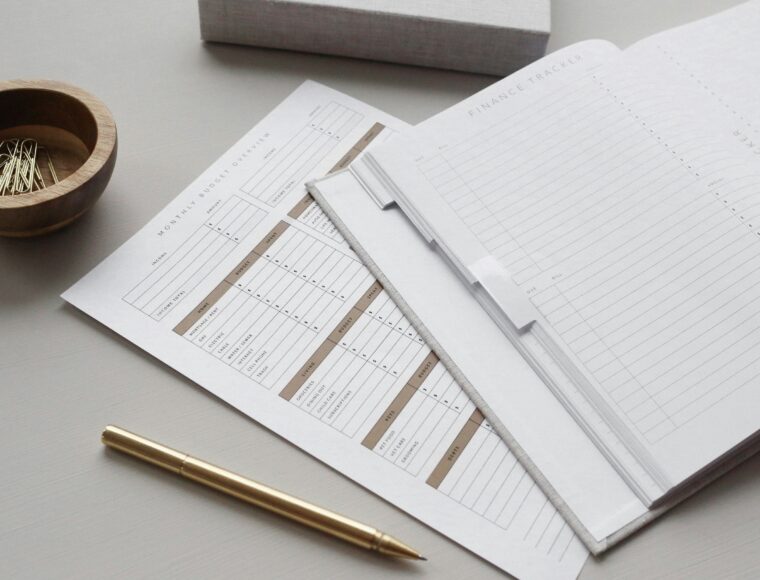Managing condensation effectively is key to preventing mould growth in your home. The first step is identifying any problem areas where moisture builds up, such as bathrooms, kitchens, and bedrooms.
Signs of Excess Condensation
If condensation is left unmanaged, it can lead to further issues. Common signs include:
- Persistent condensation on windows that doesn’t fully evaporate during the day
- Damp patches appearing on walls or ceilings
- Peeling wallpaper or flaking paint
- Visible mould growth on walls, ceilings, window frames, or belongings
- Musty odours coming from furniture, clothing, or carpets
- Mildew forming on the bathroom tiles and grout
Reducing Condensation in Bathrooms
Bathrooms are naturally humid spaces, making them highly prone to condensation. To reduce moisture buildup:
- Open a window while bathing or showering and leave it open for a while afterward to allow moisture to escape
- Use an extractor fan if available—it helps remove warm, damp air before it condenses on surfaces
- Wipe down tiles, mirrors, and windows after showering to prevent moisture from lingering
- Allow towels and cloths to dry properly by keeping the window open or running the extractor fan
- Keep the bathroom door closed when steam is present to stop excess moisture from spreading to other rooms
- Consider using a window vac to remove condensation from hard surfaces quickly
Reducing Condensation in Kitchens
Cooking, washing dishes, and using appliances all contribute to higher humidity in the kitchen. To help prevent condensation:
- Position your kettle near an open window or extractor fan to allow steam to escape
- Open windows when cooking, washing up, or running appliances like washing machines, dishwashers, and tumble dryers
- Use lids on pots and pans while cooking to reduce steam release
- Opt for cooler wash cycles when using the washing machine to minimise moisture output
Reducing Condensation in Bedrooms
Bedrooms can also develop condensation, particularly overnight, as moisture is released into the air while we sleep. This is even more common in smaller rooms. To reduce condensation buildup:
- Open a window whenever possible to improve airflow and reduce humidity
- Leave curtains or blinds open during the day to allow natural ventilation
- Use a moisture absorber or dehumidifier to remove excess moisture before it condenses
- Maintain a steady room temperature, especially in winter, as condensation forms when warm air meets cold surfaces
- Use a fan to keep air moving and prevent moisture from settling
- Avoid drying damp clothes on radiators in bedrooms, as this significantly increases humidity levels
By following these simple steps, you can reduce condensation, protect your home from mould growth, and create a healthier living environment.
